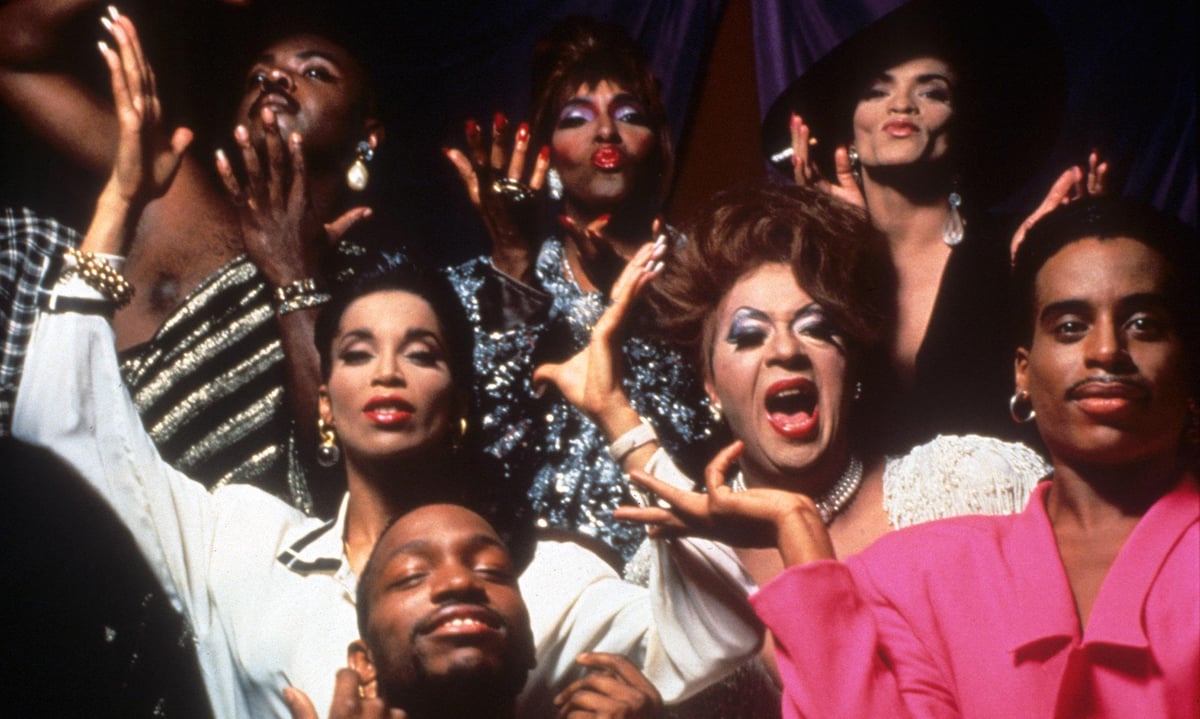It’s Expensive To Be A Competitive Drag Queen

Drag has always been a world of aspirations and contradictions, playing not just on gender, but on race, power, wealth, and respectability. So in some sense, it’s not surprising that being a contestant on RuPaul’s Drag Race and its affiliated series is remarkably expensive:
“I spent more coming into this competition than I did as the down payment on my house,” Kameron says, her tone serious now.
“I spent more on this competition than I did on college,” Cracker replies solemnly, and a moment of silence falls over both queens.
Contestants estimate that the cost of all the outfits in a current season of the show is between $20,000 and $30,000. This is five to six times as much as the earlier, more low-budget seasons.
But perhaps this is a case of some well-bankrolled contestants getting overzealous, and others struggling to keep up? Not exactly:
During Episode 5’s critiques, judge Michelle Visage took issue with contestant Joe Black’s look from the week’s maxi challenge. Earlier in the episode, Joe had sung and danced his way through the Eurovision girl-group challenge wearing a pink knee-length dress with a high neck and puffy sleeves. “You came out wearing a finger wave wig, and something I probably could have bought off the rack at Primark, no joke,” Michelle says. In response, Joe stage-whispers, “Aiiitch and emmmmm,” and then laughs.
The music hits a dramatic note as the camera cuts to RuPaul, who looks… grim. “That outfit off the rack was a huge disappointment to me,” Ru says. “That’s what everyday people do, and you are a star. And this goes to all of you up here: If it is from H&M, you better glitter the fuck out of it, and make it something special. We’re looking for Great Britain’s next superstar. Don’t waste my time. I don’t want to see any fucking H&M.”
The harsh criticism of a downmarket dress didn’t look great coming from a world-famous drag queen who owns a 60,000-acre ranch in Wyoming. And it got worse. Joe Black had been eliminated in Episode 1, then unexpectedly brought back to replace a different contestant after the show’s mid-season seven-month COVID hiatus, but had been forced to sell all of his costumes during lockdown. (The pandemic decimated live entertainment, including drag performances.) “I had sold them because I needed the money to live,” Joe said. “So not only did I need to find the money, but I also needed to get the costumes again.”
But there is also a sense in which drag and ball culture is only newly big business (with Drag Race as the showcase):
The idea of investing a ton of money in a drag career and having it pay off is a relatively modern one. According to Tom Fitzgerald and Lorenzo Marquez, authors of Legendary Children: The First Decade of RuPaul’s Drag Race and the Last Century of Queer Life, performers simply didn’t have access to many venues for most of drag’s history—largely because cross-dressing was illegal throughout the United States until the 1970s. Most drag performers never left their community, and while their local gigs may have been emotionally rewarding, they weren’t particularly lucrative.
Social and financial marginalization forced drag artists to be creative. “Up until the 80s and the 90s, drag queens essentially dressed in vintage clothing,” Fitzgerald told VICE. “Trans women and queer men couldn’t walk into a department store and buy dresses. It was easier and safer to go look for a size 13 pump in a used store than it was to go into the ladies section. The underground aspect of drag defined the aesthetic for a very long time.”
Even in earlier seasons of Drag Race, when contestants were competing for an amount of money that was unprecedented in the drag world, the runways had nowhere near the scale that they do in more recent seasons. “When Drag Race first started, they were literally coming in off the street to do this TV show,” Fitzgerald said. “And now it’s 13 years later, it’s won all of these Emmys, it’s HD, it’s got superstar guest stars. The stakes are just higher.”





Stay Connected